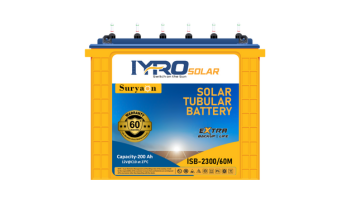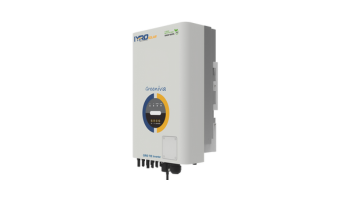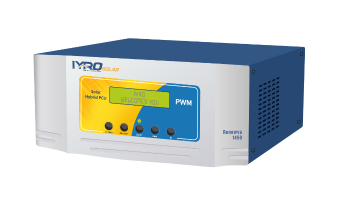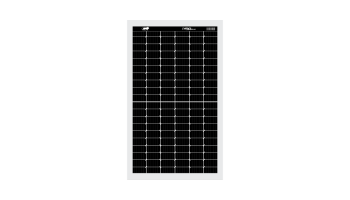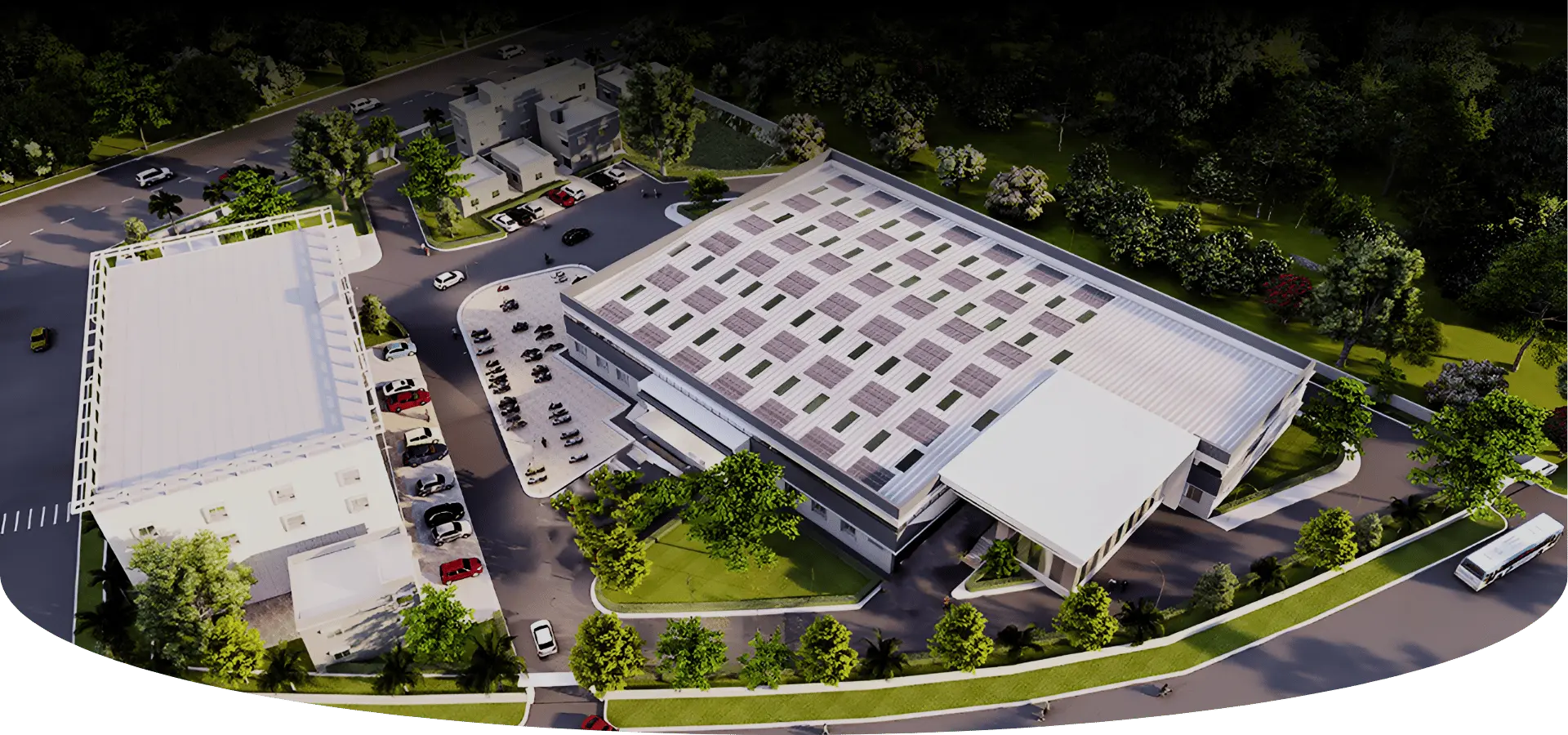About Our Company
Learn more about our operations, partners, and manufacturing strength.
Resource Center
Explore our latest media, blogs, brochures, and certifications.
Customer Support
Need help? Book appointments, register products, or request services here.
Get in Touch
Have queries or need help? Reach out to our team for fast support.
